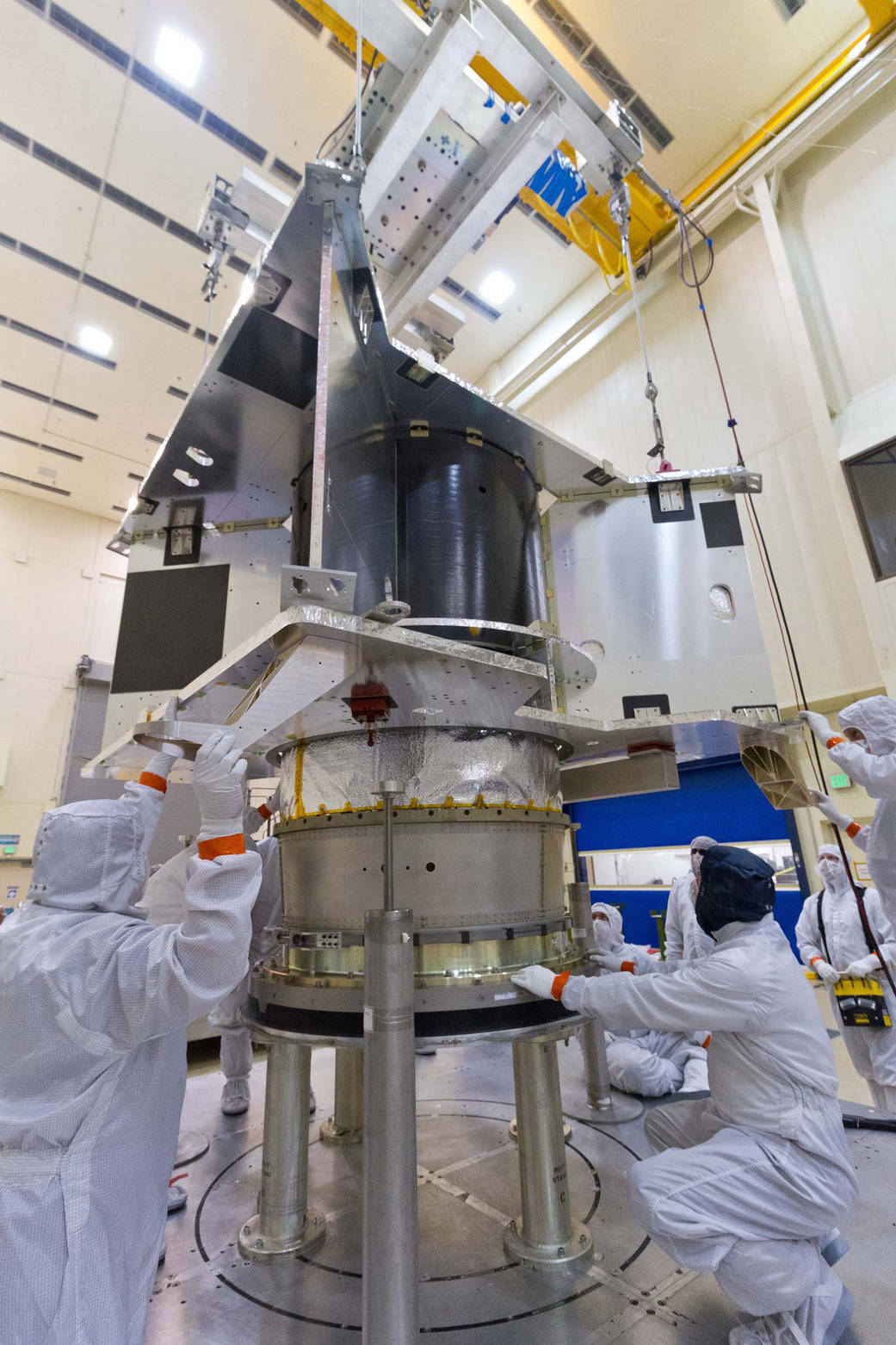This week marked the completion of an important step on the path to spacecraft assembly, test, and launch operations for the Origins Spectral Interpretation Resource Identification Security Regolith Explorer or OSIRIS-REx mission.
The team met at the Lockheed Martin facility in Littleton, Colorado during the week of February 23, 2015 to review the plan for integrating all of the systems on the spacecraft, such as the scientific instrumentation, electrical and communication systems, and navigation systems. Successful completion of this System Integration Review means that the project can proceed with assembling and testing the spacecraft in preparations for launch in September 2016. Assembly and testing operations for the spacecraft are on track to begin next month at the Lockheed Martin facilities in Littleton.
The OSIRIS-REx spacecraft will travel to a near-Earth asteroid, called Bennu, and bring at least a 2.1-ounce sample back to Earth for study. The mission will help scientists investigate how planets formed and how life began, as well as improve our understanding of asteroids that could impact Earth.
NASA’s Goddard Space Flight Center in Greenbelt, Maryland, will provide overall mission management, systems engineering and safety and mission assurance for OSIRIS-REx. Dante Lauretta is the mission’s principal investigator at the University of Arizona. Lockheed Martin Space Systems in Denver will build the spacecraft. OSIRIS-REx is the third mission in NASA’s New Frontiers Program. NASA’s Marshall Space Flight Center in Huntsville, Alabama, manages New Frontiers for the agency’s Science Mission Directorate in Washington.
For more information about OSIRIS-REx visit: https://www.nasa.gov/osiris-rex and http://www.asteroidmission.org
Nancy Neal-Jones
NASA’s Goddard Space Flight Center
























